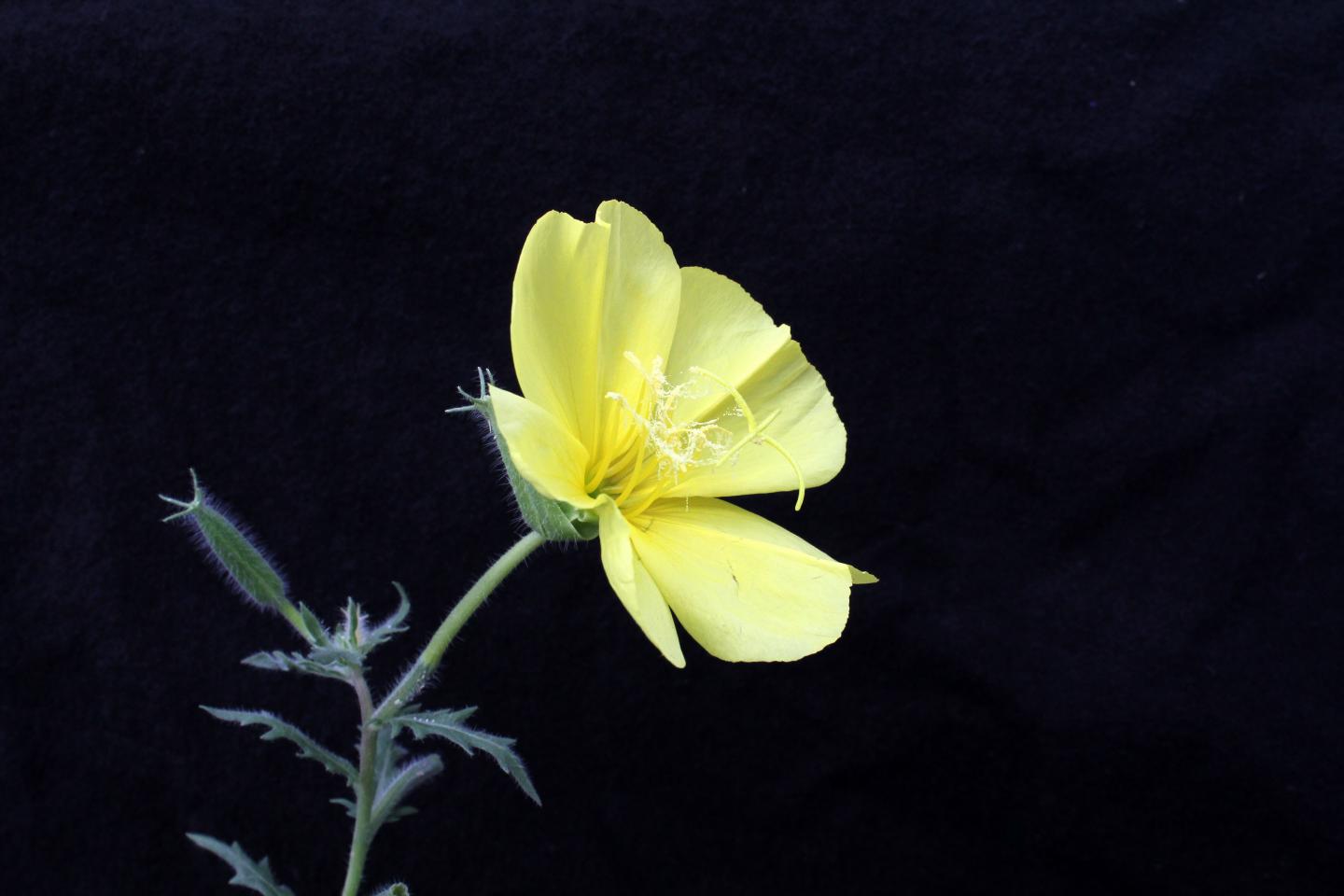Sex or no sex? If you want to be healthier as a species over time, sexual reproduction is the way to go, according to a new study.
It's a long-debated topic among biologists - some argue that sexual reproduction is superior because species don't accumulate harmful mutations as easily as in asexual reproduction.
Using various species of the evening primrose (Oenothera) as his model, Dr. Jesse Hollister, assistant professor at Stony Brook University in New York, and colleagues demonstrated strong support for reproducing sexually. "These findings allow us to understand why an enormous diversity of species around the world go through the laborious process of sexual reproduction," says Hollister.

O. grandis is also known as the showy evening primrose. Credit: Marc Johnson
For decades, evolutionary biologists found sexual reproduction to be a paradox. Mathematically, asexual reproduction seemed to make more sense. Each organism, not just half the population, could produce offspring, and all its genes were passed on, rather than the 50 percent from each parent in offspring from sexual unions.
One key argument against it was the accumulation of harmful mutations over time. New mutations occur naturally in every species from one generation to the next. When species reproduce sexually, their genes are separated, shuffled and recombined in various ways, so each offspring doesn't receive all of their parents' mutations in addition to the naturally occurring ones. In asexual reproduction, however, the species copies the existing genome as a whole, effectively cloning itself. Therefore, they pass on all the mutations that naturally accumulate from generation to generation.
"Asexual reproduction leads to a buildup of deleterious mutations over time; it's called Muller's Ratchet," Hollister says. "The species' average fitness is reduced and they are less able to compete in the ecological arena than sexual species, so they have an increased probability of extinction."
The evening primrose was the ideal system for studying the evolutionary importance of sex, Hollister noted, because about 30 per cent of the species in the genus have evolved to reproduce asexually, each at a different time. With the assistance of the 1,000 plant transcriptome project, led by Gane Ka-Shu Wong at the University of Alberta, and sequencing aid from the BGI-Shenzen in China, the researchers were able to examine 30 pairs of species. One species in the pair reproduced sexually; the other, asexually. Some of the asexually reproducing species were younger than others in evolutionary terms, allowing the researchers to see the effects of asexual reproduction over time.
"What we found was exactly what we predicted based on theory," says Hollister. "The power of our study is that we examined many independent transitions to asexuality over different time scales and were able to take a snapshot in the present of the genetic variation in species pairs."
Co-author professor Marc Johnson at University of Toronto Mississauga , says this research has shed new light on the paradox of sex. "This is the first solid genetic support for the theory that a significant cost to being asexual is an accumulation of deleterious mutations. This study has allowed us to unlock part of the mystery of why sex is so common: it's good for your health, at least if you are a plant."
Published in Molecular Biology and Evolution.





Comments